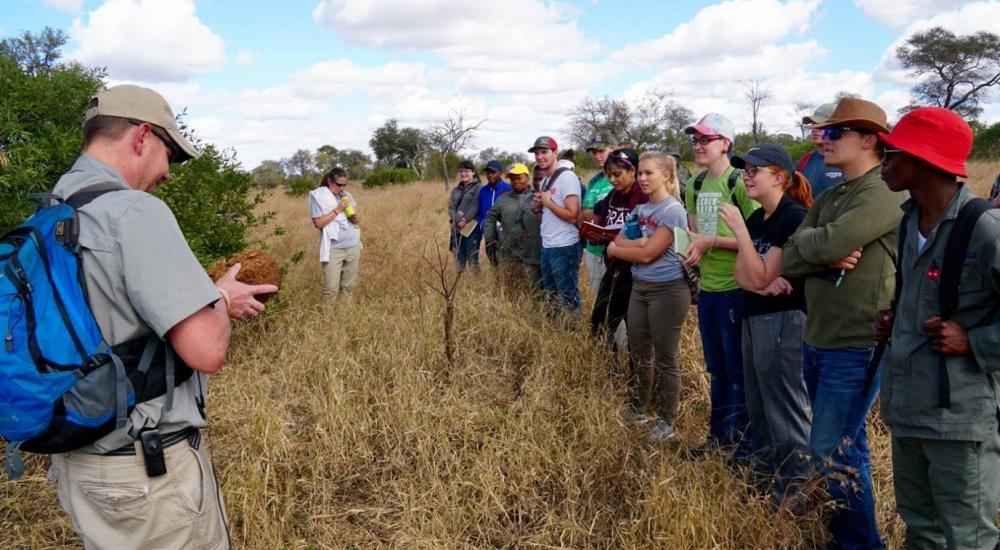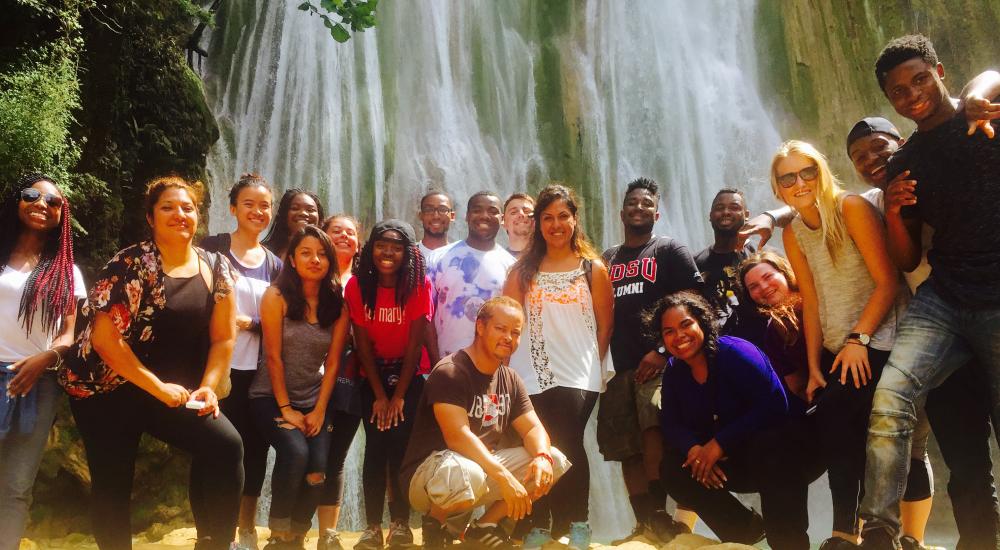Minor Considerations, Major Rewards

As global travel becomes more common, the number of students with international experience has also grown exponentially. While that may make study abroad programs seemingly easier to implement, when it comes to secondary school students, the reality is much more complicated. Directors of study abroad programs at high schools juggle a complex situation that carries the potential for significant risk—and significant reward.
To set secondary schools up for success in reaching their goals, directors should develop programs in close connection with the curriculum, establish protocols around institutional responsibility and duty of care, and create opportunities for as many students to participate as possible.
Connecting with the Curriculum
As in higher education, study abroad for high schoolers takes many forms: exchanges with another school, language immersion programs, travel study, and international community service. But every program carries the same opportunity: tying the program to the curriculum.
The process of ensuring that study abroad programs are tightly linked to the classroom experience should start before students set foot in another country, according to experts. At Lakeside School in Seattle, Washington, students in an advanced ecology class travel to French Polynesia each spring to apply their scientific studies to service projects related to marine data collection and environmental protection. But their understanding of French Polynesia begins at the start of the academic year.
“By the time the students travel in the spring, they are already informed about the culture and can more smoothly adapt to the new environment.” —Lisa Devine
“Students are learning














